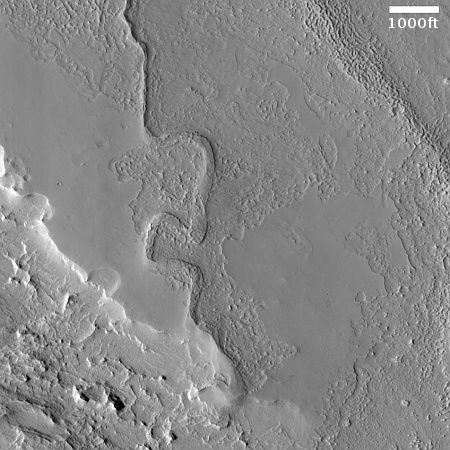The investors behind Space One, the Japanese commercial rocket company that had a launch failure yesterday
The explosion yesterday of the new Japanese-built Kairos-1 solid-fueded rocket shortly after lift-off immediately raised questions whether the new rocket company that built it, Space One, could survive that failure.
This story from CNBC suggests it will, based mainly on the nature of its principal investors.
Space One was set up in 2018 by a consortium of Japanese companies including Canon Electronics, IHI Aerospace and construction firm Shimizu, along with the government-owned Development Bank of Japan. Mitsubishi UFJ and Mizuho Financial Group, two of Japan’s biggest banks, also own minority stakes in Space One.
The story is focused on the declines in the stock values of these companies, following the failure, with Canon’s stock falling the most, 12.7%.
My takeaways from the article however are different. First, these are not small investors. Space One is backed by some of Japan’s biggest corporations as well as indirectly by the Japanese government. One failure should not cause them to back out of the project.
Second, that the company was formed in 2018 by these Japanese heavy-hitters and only now was able to finally attempt a launch — that ended in failure — suggests Japan’s heavy-hitters continue to do things slowly and poorly. Not only have these big companies been working much too slow to build this relatively small rocket, Mitsubishi’s effort to build the much larger H3 rocket for Japan’s space agency JAXA has also been fraught with delays and problems, from engine cracks to launch failures. It appears Japan’s space industry is building things with the same lackadaisical attitude of America’s modern airline industry.
Third, that this “startup” was created by a team of old space large companies suggests Japan still doesn’t get the basics of capitalism. This new company isn’t creating any real competition. It was instead apparently formed to keep these heavy hitters in control of the Japanese launch market. This partnership reminds me of the many projects put together for decades by American consortiums of old space companies, such as Boeing teaming with Lockheed Martin to create ULA. All such partnerships were designed not to create new companies and new innovative products that would compete, but to maintain the control these old companies had on the industry.
Space One will likely fly again, but until we begin to see completely new companies from Japan, backed by independent new investors, this country is going to continue to lag behind everyone else.
The explosion yesterday of the new Japanese-built Kairos-1 solid-fueded rocket shortly after lift-off immediately raised questions whether the new rocket company that built it, Space One, could survive that failure.
This story from CNBC suggests it will, based mainly on the nature of its principal investors.
Space One was set up in 2018 by a consortium of Japanese companies including Canon Electronics, IHI Aerospace and construction firm Shimizu, along with the government-owned Development Bank of Japan. Mitsubishi UFJ and Mizuho Financial Group, two of Japan’s biggest banks, also own minority stakes in Space One.
The story is focused on the declines in the stock values of these companies, following the failure, with Canon’s stock falling the most, 12.7%.
My takeaways from the article however are different. First, these are not small investors. Space One is backed by some of Japan’s biggest corporations as well as indirectly by the Japanese government. One failure should not cause them to back out of the project.
Second, that the company was formed in 2018 by these Japanese heavy-hitters and only now was able to finally attempt a launch — that ended in failure — suggests Japan’s heavy-hitters continue to do things slowly and poorly. Not only have these big companies been working much too slow to build this relatively small rocket, Mitsubishi’s effort to build the much larger H3 rocket for Japan’s space agency JAXA has also been fraught with delays and problems, from engine cracks to launch failures. It appears Japan’s space industry is building things with the same lackadaisical attitude of America’s modern airline industry.
Third, that this “startup” was created by a team of old space large companies suggests Japan still doesn’t get the basics of capitalism. This new company isn’t creating any real competition. It was instead apparently formed to keep these heavy hitters in control of the Japanese launch market. This partnership reminds me of the many projects put together for decades by American consortiums of old space companies, such as Boeing teaming with Lockheed Martin to create ULA. All such partnerships were designed not to create new companies and new innovative products that would compete, but to maintain the control these old companies had on the industry.
Space One will likely fly again, but until we begin to see completely new companies from Japan, backed by independent new investors, this country is going to continue to lag behind everyone else.










